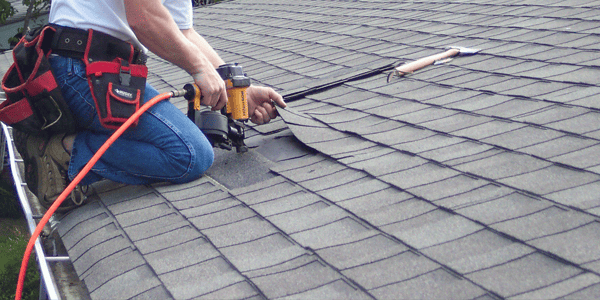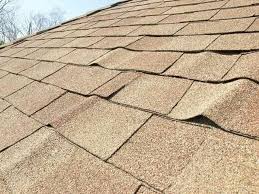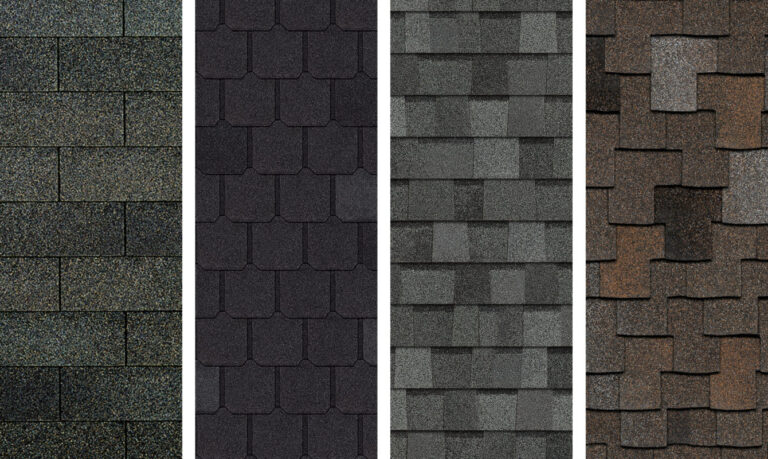No matter your house’s condition, you should consider inspecting your roof’s condition regularly. Knowing roof anatomy and roofing terms could go a long way to better understanding your roof’s health.
You might notice signs of aging, like missing or broken tiles. You might also have leaks or other issues affecting your roof’s integrity.
Be mindful of the health of your roof so it won’t cause problems for you and your home in the long run.
Here’s What We’ll Share With You
- Basic roof anatomy including all necessary roofing components.
- The variety of roofing materials available.
- Importance of regular roof inspection + maintenance.
Understanding Roof Anatomy
1. Roof Structure: The Foundation of Your Roof
The roof structure is the backbone of your entire roof system. It is the framework that supports the weight of the roof and transfers it to the walls of your home. The stability and structural integrity of your roof greatly depend on the design and construction of the roof structure.
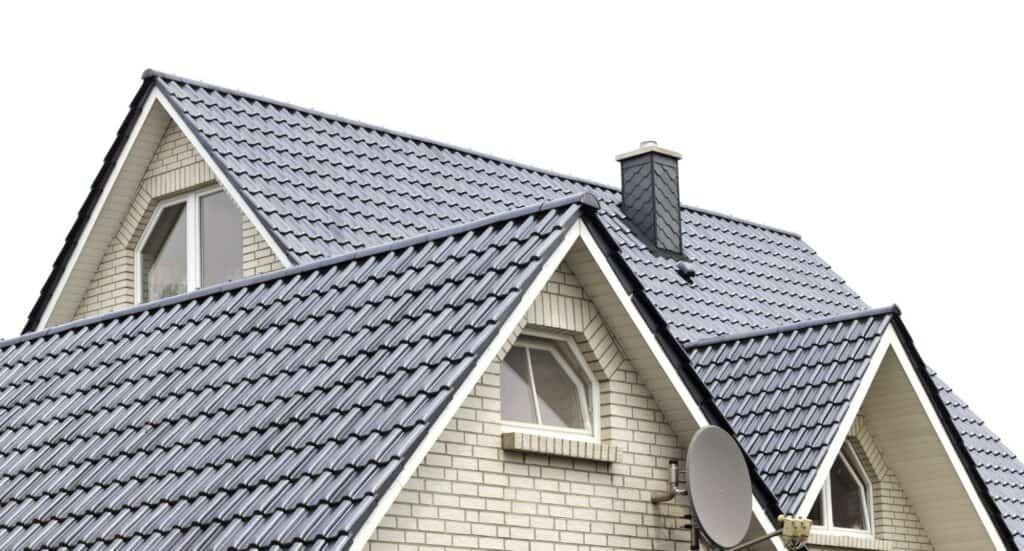
There are different types of roof structures, including trusses and rafters. Trusses are prefabricated rigid frames made of wood or steel that provide support and distribute the weight evenly across the roof. Rafters, on the other hand, are traditional wooden beams that form the sloping framework of the top.
A properly designed and constructed roof structure is essential for withstanding external forces such as wind, heavy snow, and rain. In high-wind areas, it is necessary to reinforce the roof structure to withstand the strong gusts that can put immense pressure on the roof.
When planning a roof replacement or repair project, it is crucial to have a thorough understanding of the existing roof structure. This will help you communicate effectively with your roofing contractor and ensure the new roof is designed and constructed to meet your needs and local building codes.
2. Roof Components: From Underlayment to Shingles
Roof components are the various elements that protect your home from the elements and ensure its structural integrity. Each component plays a vital role in keeping your roof watertight and durable.
- The underlayment is a waterproof barrier installed directly onto the roof deck before the shingles are applied. It provides an additional layer of protection against moisture, preventing water from seeping into the roof structure and causing damage. It’s usually made from asphalt-saturated felt or synthetic materials.
- Flashing creates watertight seals where the roof intersects with other surfaces, such as chimneys, walls, and skylights. It’s typically made of metal, such as aluminum or copper, and is installed at critical points to divert water away from vulnerable areas and prevent leaks.
- Ridge vents are installed along the roof’s peak to provide ventilation for the attic space. They allow hot air and moisture to escape, preventing the buildup of heat and humidity that can lead to mold growth and damage to the roof structure. They work with soffit vents under the eaves to create a continuous airflow.
- Shingles are the outermost layer of your roof and come in various materials, including asphalt, wood, metal, or tile. They serve as the first defense against the elements and provide aesthetic appeal to your home. Asphalt shingles are the most popular choice for residential roofing due to their affordability, durability, and easy installation.
3. Roofing Materials: Choose Wisely for Longevity
Choosing roofing materials is a significant decision regarding your roof’s longevity, durability, and aesthetic appeal. Different roofing materials have pros and cons, and selecting the right one for your home will depend on various factors such as climate, budget, and personal preference.

Asphalt shingles are the most commonly used roofing material for residential properties. They are affordable, readily available, and offer various styles and colors. Asphalt shingles are also durable and can withstand harsh weather conditions, making them a popular choice among homeowners.
Wood shakes provide a natural and timeless look to your roof. They are made from split logs and offer excellent insulation properties, keeping your home cool in the summer and warm in the winter. However, wood shakes require regular maintenance to prevent rot, mold, and insect infestation.
Metal roofs are becoming increasingly popular due to their long lifespan, durability, and energy efficiency. They are available in various aluminum, steel, and copper materials. Metal roofs are lightweight, fire-resistant, and can reflect heat, reducing energy costs.
4. Roof Inspection: Regular Check-Ups for Longevity
Regular roof inspections are essential to detect early signs of damage and prevent significant problems. Hiring a professional roofing contractor to conduct periodic examinations can save you from costly repairs and ensure the long-term performance of your roof.
During a roof inspection, the contractor will:
- Evaluate the overall condition of your roof.
- Check for signs of damage such as leaks, cracks, or missing shingles.
- Assess the integrity of the roof structure, flashing, and other components.
The frequency of roof inspections may vary depending on factors such as the roof’s age, weather conditions in your area, and any previous issues with your roof. It is generally recommended to schedule inspections at least twice a year, preferably in the spring and fall, to address any potential problems promptly.
5. Proper Maintenance: Extend Your Roof’s Lifespan
Proper maintenance is crucial for preserving the lifespan and performance of your roof. By following some simple maintenance steps, you can keep your roof in top shape and avoid costly repairs in the future.
Regularly cleaning your gutters and downspouts is an essential part of roof maintenance. Clogged drains can cause water to overflow and damage the roof structure, leading to leaks or rot. Remove debris from your gutters, such as leaves or twigs, and ensure they are correctly attached and sloped for efficient water drainage.
Trimming overhanging branches is another crucial maintenance task. Overhanging branches can scrape against the roof surface, causing damage to the shingles. Trimming branches near your roof will help prevent potential harm and minimize the risk of roof damage during storms or high winds.
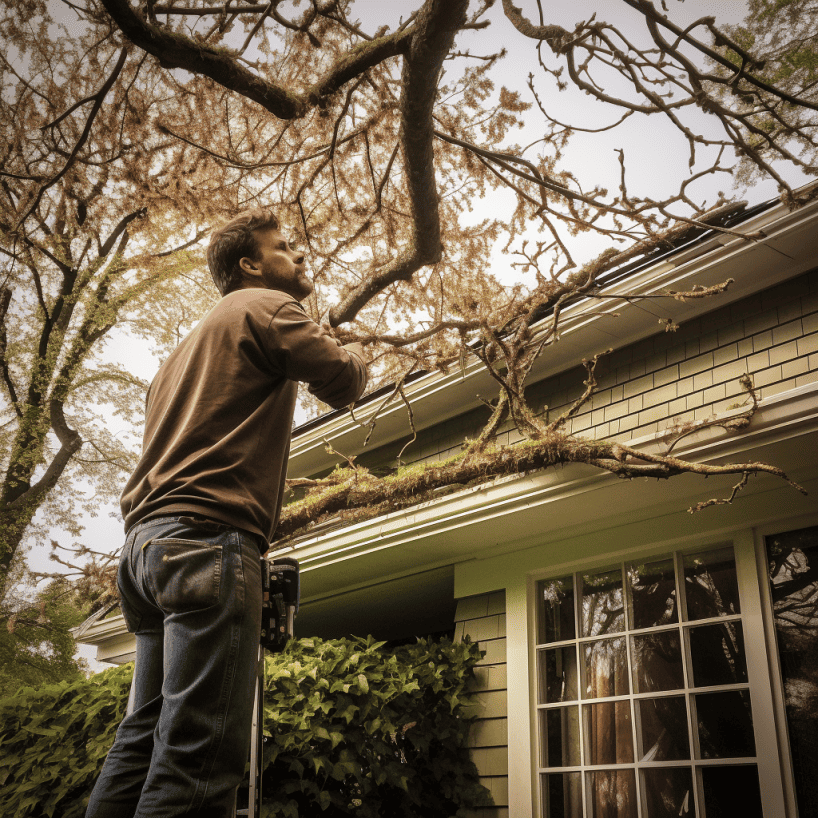
Maintain Your Roof Properly
Proper maintenance is critical to extending the lifespan of your roof and minimizing the need for costly repairs. You can ensure your roof’s long-term performance and durability by prioritizing regular inspections, cleaning your gutters, trimming overhanging branches, removing debris, and addressing leaks promptly. These proactive steps will protect your investment and provide peace of mind, knowing your home is secure and well-maintained.
Check out our website and learn more about roof anatomy and proper roof maintenance.
